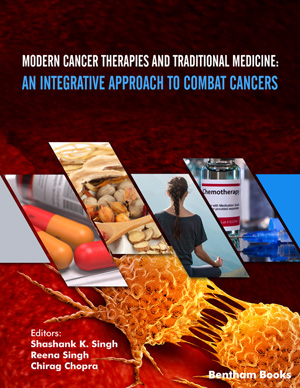
Abstract
Malignant tumors pose a significant threat to human life and well-being because of their rising occurrence and size. The current treatment methods and diagnostic techniques employed in clinical practice are inadequate for effectively treating tumors. Fluorescence, photothermal effects, radiosensitization, and biocompatibility are only a few instances of the unique photonic and physicochemical properties exhibited. Gold nanoclusters (AuNCs) are nanomaterials that possess modest dimensions, typically measuring approximately 3 nm, and are composed of a limited number of particles. AuNCs have three primary functions in practical applications: serving as imaging agents, drug transporters, and therapeutic agents. This article discusses nanosystems. The text emphasizes the promise of AuNCs for tumor theranostic and combination treatment while also acknowledging any existing limitations. Lastly, it is anticipated that the information presented here will serve as a valuable tool for researchers in this sector, resulting in novel perspectives and, ultimately, a wider adoption of AuNCs in pharmaceuticals. This study focuses on the expansion of diagnostic applications in cancer therapy by utilizing AuNC-based devices, made possible by the use of dynamic or passive tumor targeting techniques. The utilization of AuNCs has been thoroughly investigated for their prospective applicability as light-activated and radiation agents. Furthermore, they have been investigated as nanocarriers for transporting anticancer drugs. The medications can either bind to the closure receptor or be linked to the AuNCs through various techniques, showcasing their extensive potential for therapeutic applications.























